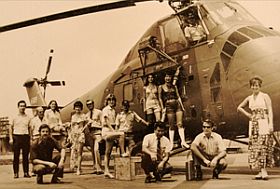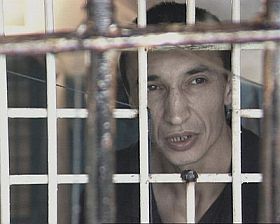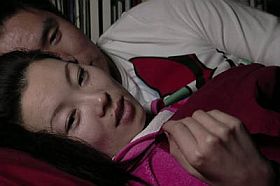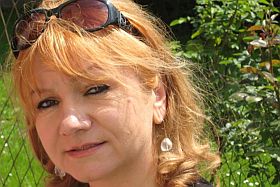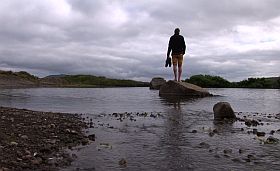


Lars Becker-Larsen: Den bevægede jord 3
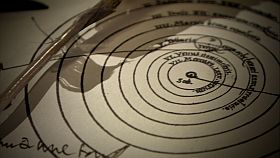
Lars Becker-Larsens dokumentarfilm om den moderne naturvidenskabs tilblivelse modtog søndag den 14. februar hovedprisen som bedste dokumentarfilm i Torino på kulturarvsfestivalen AVICOM.
Festivalen i Torino arrangeres af ICOM (International Council of Museums), UNESCO’s museumsorganisation.
Filmen har tidligere vundet Best Documentary ved Vedere la Scienza Festival – International Scientific Film Festival i Milano, samt den prestigefulde Grand Prix på den 46. Internationale Festival TECHFILM i Prag.
Den bevægede jord er en omhyggelig fremstilling af, hvordan og under hvilke forhold videnskabsmænd som Kopernikus, Brahe, Kepler og Galilei i renæssancen skabte et nyt verdensbillede og dermed grundlaget for den moderne tanke.
I festivaljuryens motivation hed det: “De visuelle nyskabelser, rekonstruktionerne og den gribende fortælleteknik gør kompleksiteten i det behandlede emne tilgængeligt for et bredt publikum på en fascinerende og let tilgængelig måde. En sand revolution!”
